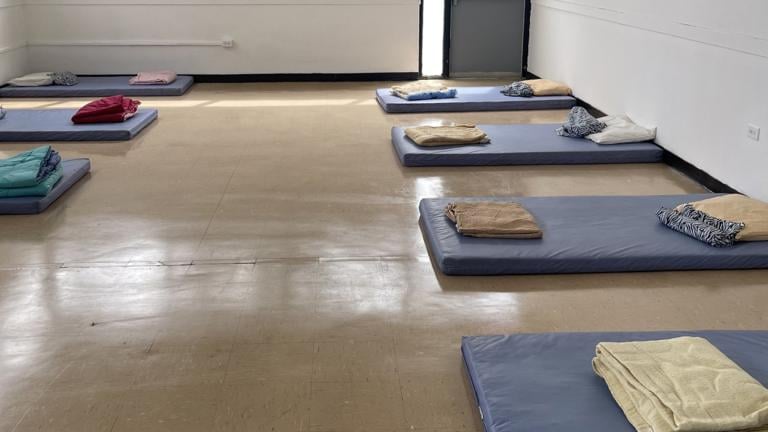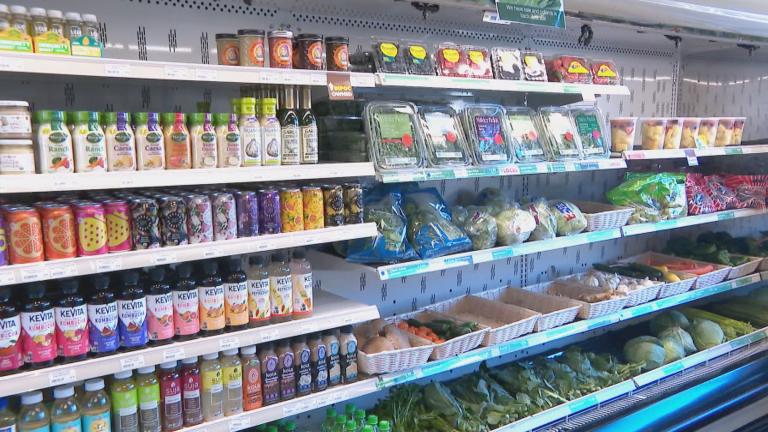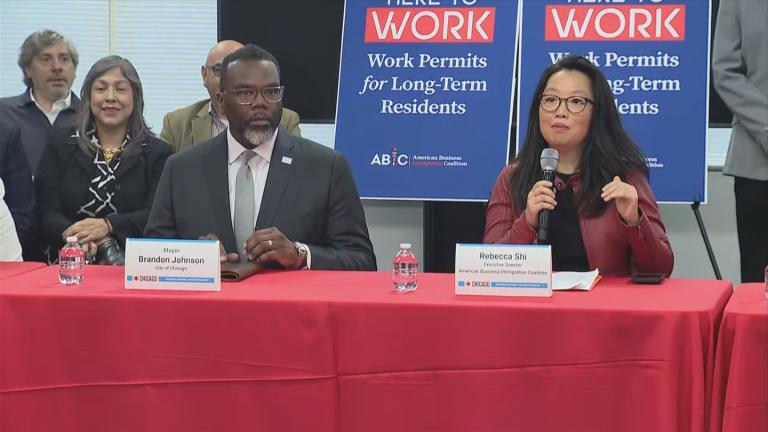As temperatures routinely reach above the 90s, people who work outdoors are increasingly at risk of overheating, and it’s not only people like farm workers and construction workers who are at risk.
Bogdan Catalin, supervisor in the enforcement programs unit of the Occupational Safety and Health Administration Chicago regional office, outlined some of the symptoms of heat illness.
“It’s important to note that heat affects us all regardless of age, whether we work indoors or outdoors. Some of the symptoms can be mild and reversible, some can be severe, fatal even,” Catalin said. “They can range from heat rash, like red dots on your arms, to fainting, to fatigue, dizziness and vomiting all the way to heat stroke, which is fatal and begins with confusion, slurred speech, seizures and very high body temperature.”
“It’s a big problem for the farm workers that are working in the farms when the temperatures rise above 100. Particularly here in the Midwest, you add the moisture into it, so it becomes very unbearable,” said Maggie Rivera, president and CEO of the Illinois Migrant Council.
But it’s not limited to outdoor work. This week in Arizona, a UPS driver was caught on a security camera collapsing from the effects of heat illness after spending hours in his hot delivery van. Nik Theodore, professor and head of urban planning and policy at the University of Illinois Chicago, said that’s not uncommon.
“Indoor occupations like factory workers and warehouses, bakeries, and laundries, outdoor work like agricultural work, construction work, landscaping, all of these potentially encounter very high temperatures and put workers at risk,” Theodore said.
Leticia Martinez with the Illinois Migrant Council conducts heat safety training for workers and employers. Martinez said while the employers she helps train work hard to keep their staff safe, sometimes the workers don’t feel comfortable coming forward when they need a break.
“Especially for those individuals that are new … they’re not very familiar with everything and they think that if they speak out, they might lose their job or they might get in trouble or they might get reprimanded for this, when in fact they will not.” Martinez said. “So [employers] definitely have to have someone out there that knows the signs and can help individuals who can’t relate to the employer because of language barriers.”
Catalin said employers’ obligations to maintain safe working conditions are clearly outlined by OSHA.
“OSHA’s message is simple: water, rest, shade,” Catalin said. “Employers should encourage workers to drink water frequently, take frequent rest breaks in shade or air conditioned break rooms, have an emergency plan ready to respond when a worker shows signs of heat related illness, allow them to build tolerance for working in heat, especially new employees or those returning from extended breaks and certainly keep up to date with the weather forecast or warnings to adjust when possible the intended work schedules, such as starting earlier in the day, when it’s cooler.”
Nevertheless, dangerous heat situations for workers are a problem nationwide, Theodore said.
“What we’re finding in a number of our studies is that workers in a range of industries are feeling a lot of pressure to keep on working regardless of the conditions. So I’m talking about the delivery driver that is being monitored closely to make sure that enough routes are being run or the construction worker that is feeling the pressure to complete a job,” Theodore said. “In the Chicago area, we had an early June heat episode where the heat indices in Chicago were above 105 degrees. And in the outlying areas closer to 110 degrees to 115 degrees. Right? And so for those workers who are working on rooftops or pouring foundations or doing cement work, the temperature that they’re facing could be 10-15 degrees hotter. There’s a lot of pressure to get the work done and too often workers are not getting the rest breaks, the water and the basic protections that would keep them from getting heat related illness.
Maggie Rivera wants workers to use her organization as a resource if they believe they are being made to work in unsafe conditions.
“We have over the years been able to build a very close rapport with a lot of the farm workers, so they feel comfortable in knowing that if they call us, they’re not only going to get the help, but they are going to get their issues resolved without any kind of backlash against them.”








